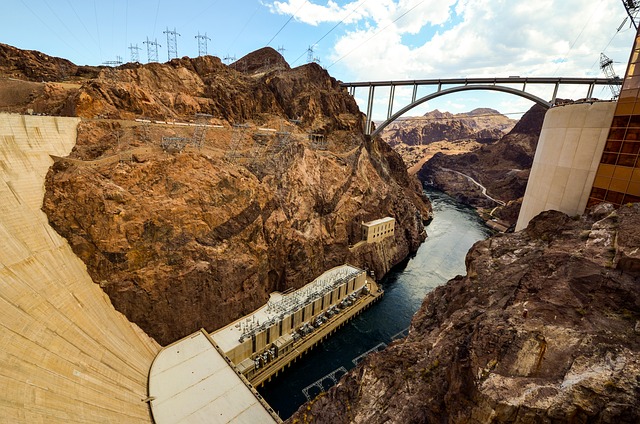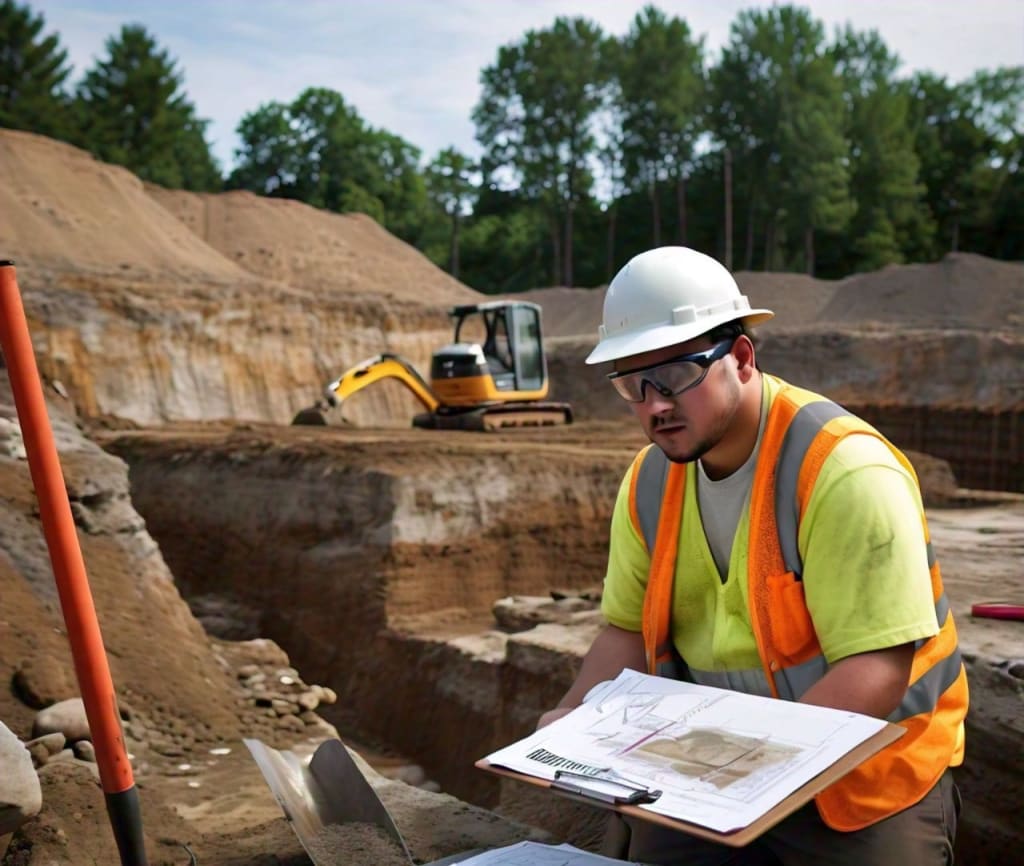Civil Geotechnical Engineering Solutions for Commercial and Residential Projects
Civil Geotechnical Engineering Solutions for Commercial and Residential Projects
Blog Article
Exactly How Consulting Engineers Enhance Geotechnical Engineering Projects: Insights Into Their Experience, Approaches, and Collaborative Approaches
Consulting designers are critical in improving geotechnical design tasks, applying their specialized expertise to navigate the intricacies of subsurface problems. Their methodologies include a series of website examination methods, consisting of Requirement Penetration Tests (SPT) and Cone Infiltration Examinations (CPT), which educate critical decisions throughout the layout and building and construction stages. Moreover, their collective approaches foster communication among diverse job stakeholders, eventually shaping the job's trajectory. As we check out the multifaceted functions these experts play, it comes to be clear that their payments prolong past technical competence, triggering a closer check out the effects for task success.
Role of Consulting Engineers
The expertise of seeking advice from engineers in geotechnical engineering is fundamental to the effective execution of building and construction projects. These specialists play a critical role in evaluating soil and rock buildings, which are essential variables influencing style and building decisions. By performing extensive website examinations, speaking with designers gather necessary data that informs the style procedure, making sure tasks are improved secure and appropriate ground.
Consulting designers also give indispensable insights into threat administration (geotechnical geologist). They recognize possible geotechnical dangers, such as landslides, soil liquefaction, and settlement problems, enabling stakeholders to implement reliable reduction techniques. Their know-how aids in optimizing foundation styles, which can cause significant price savings and enhanced safety and security
Furthermore, consulting designers function as an important link between task owners, designers, and service providers. Their capacity to convert complicated geotechnical data into workable recommendations cultivates partnership and promotes educated decision-making throughout the project lifecycle. This multidisciplinary technique not only boosts project efficiency however additionally makes sure conformity with regulatory standards and finest methods.
Key Approaches in Geotechnical Design

One key methodology is site investigation, which entails performing area examinations and research laboratory evaluations to collect information on subsurface problems. Techniques such as Requirement Penetration Testing (SPT) and Cone Penetration Screening (CPT) are commonly used to examine dirt stratigraphy and toughness. In addition, geophysical techniques, consisting of seismic and electric resistivity studies, offer non-invasive ways to evaluate subsurface qualities.
An additional critical methodology is mathematical modeling, which makes it possible for designers to mimic different circumstances and forecast exactly how soil-structure communications will act under different loading problems. Limited Element Evaluation (FEA) is a common approach used in this context.
Additionally, the design of foundations, retaining structures, and earthworks counts greatly on these approaches - geotechnical geologist. By incorporating advanced analytical tools with field information, getting in touch with designers can develop tailored options that attend to specific task obstacles, inevitably contributing to the stability and safety of building and construction projects
Importance of Soil Analysis
Soil evaluation functions as a fundamental aspect in geotechnical engineering, supplying crucial insights right into the physical and chemical buildings of soil required for effective building preparation. Understanding dirt attributes is essential for identifying its load-bearing capability, drain behavior, and potential for settlement or instability. Detailed dirt examinations, including sampling and lab testing, help determine parameters such as soil type, wetness material, density, and shear toughness.
These analyses inform the choice of ideal construction techniques and products, ultimately affecting job security and longevity. Natural soils might require various structure styles compared to granular dirts, requiring customized engineering remedies. Additionally, dirt analysis help in identifying pollutants that might position dangers to human health and wellness or the environment, permitting the advancement of mitigation methods.
Integrating soil evaluation into the onset of task development assists to reduce unforeseen challenges, making sure that designers can anticipate and resolve prospective concerns prior to they escalate. By establishing a comprehensive understanding of the site problems, speaking with engineers can maximize layout efficiency and decrease costs, therefore improving the general success of geotechnical design tasks.
Joint Techniques in Projects
Successful geotechnical jobs usually depend upon collaborative methods that combine diverse experience from various techniques. Effective cooperation among consulting engineers, geologists, environmental researchers, and building specialists is important for dealing with complicated difficulties and enhancing project outcomes. By leveraging the special abilities and knowledge of each staff member, tasks can gain from a holistic understanding of the website problems, governing requirements, and engineering restrictions.
Regular communication and interdisciplinary conferences promote the sharing of understandings and cultivate a society of synergy. These collaborative efforts enable the identification of prospective risks early in the task lifecycle, permitting prompt reduction techniques. Including comments from stakeholders, including local communities and governing firms, guarantees that all viewpoints are taken into consideration, boosting job approval and compliance.
Additionally, the assimilation of advanced modern technologies, such as Geographic Info Equipment (GIS) and Building Details Modeling (BIM), more boosts collaboration. These tools permit the real-time sharing click over here of information and visualization of geotechnical conditions, promoting notified decision-making. Eventually, a collective method not only enhances job implementation but additionally lays the structure for innovative solutions to complex geotechnical engineering challenges.
Effect On Project End Results

Consulting designers use innovative approaches such as danger evaluation and predictive modeling, which boost the accuracy of task projections. Their capability to incorporate innovative technologies, like geotechnical instrumentation and data analytics, better fine-tunes the style and construction procedures. Because of this, tasks experience boosted performance, minimized prices, and lessened hold-ups.
Additionally, fostering reliable interaction and partnership amongst employee enhances problem-solving capacities. When difficulties develop, a united front enables for quick identification of options, protecting against potential problems. Ultimately, the joint initiatives of seeking advice from designers add to better outcomes, guaranteeing that jobs meet both governing requirements and customer expectations.
Final Thought

Report this page